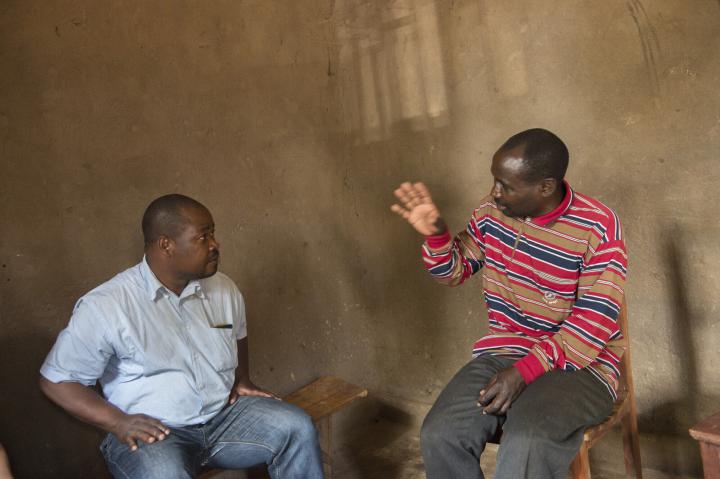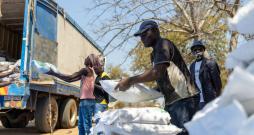Courageous Congolese uncover disturbing truths

Nickson Kambale had seen enough. He wasn’t going to stand by any longer.
A lawyer and church leader in the town of Beni in the eastern part of the Democratic Republic of the Congo (DR Congo), Kambale was tired of years of endless mass killing of civilians, mostly women and children, as the powerful turned a blind eye.
Conflicts between rival militia groups feed the killing, but military forces from DR Congo, Rwanda, and Uganda have sometimes added to the violence. Also, 16,000 United Nations peacekeeping troops are stationed in DR Congo, supported by a one-billion-dollar USD annual budget. But while thousands are based near killing zones, they rarely intervene. Yes, UN data was helpful, providing up-to-date counts of the number of civilian deaths. But these were statistics. No names, no hometowns. And no names of killers, nor reasons for why each person was killed.
Kambale had seen enough. In 2000–2001, organizing a small team, including a member of parliament and a few government officials, they began an independent investigation. “If we don’t talk about these deaths, who will do it?” they agreed.
Their work has humanized the victims and exposed disturbing new truths. Through relentless and risky work, they have so far identified 15,000 people killed in the past 14 years in two areas of eastern DR Congo. Statistics have become people with families, hometowns, stories.
They learned and documented hundreds of those stories, including the testimony of Elodie. Two years ago, at 16, Elodie, her parents and two cousins were kidnaped by a militia group when they were coming back from harvesting fields. She watched many others killed who were kidnapped, and she was forced to become the commander’s wife. Others were forced into domestic work. One night when the group was travelling, Elodie managed to escape. She survived after a treacherous journey through the bush.
Victims like Elodie and the families of victims can be killed for telling the truth. What they share exposes killers and helps investigators go beneath immediate circumstances to root causes.
Those causes, says Kambale, are a struggle for power and mineral-endowed land occupation as well as tribal conflicts. The conflict started as a spillover of the 1994 Rwandan genocide, after which more than two million people sought refuge in eastern DR Congo. Militia groups like the Allied Democratic Forces (ADF) emerged at the time.
But why kill civilians? Why mothers and children? Eastern DR Congo is one of the richest mineral regions in the world, including gold and coltan, used in every cell phone and electric car battery. Militia and terrorist groups seek to scare local people, chase them out and occupy land and illegal mining facilities to base and fund their operations.
But Kambale says they have also uncovered possible evidence of DR Congo armed forces among the killers. His team is tracing which DR Congo commanders were in charge when, and by the end of 2022, may have names and statistics of killings during their command.
They published two reports, the latest in May, and sent them to the president and prime minister of DR Congo, key government officials, the United Nations and ambassadors from several countries. Some embassies and UN officials showed great concern. Their objective is to create an independent commission and tribunal to clearly identify the killers and those who commanded them, judge perpetrators and provide reparation for families of victims.
Kambale says the thousands of UN troops stationed in eastern DR Congo, known as MONUSCO, are not trusted by most Congolese people, being seen as doing too little to protect the civilian population. These days the killings are even worse and even closer to the UN troops, only 100 yards away from their compound and from where Congolese troops are stationed. “They will do nothing or arrive an hour after the killing,” says Kambale. “MONUSCO can stop the killing.”

